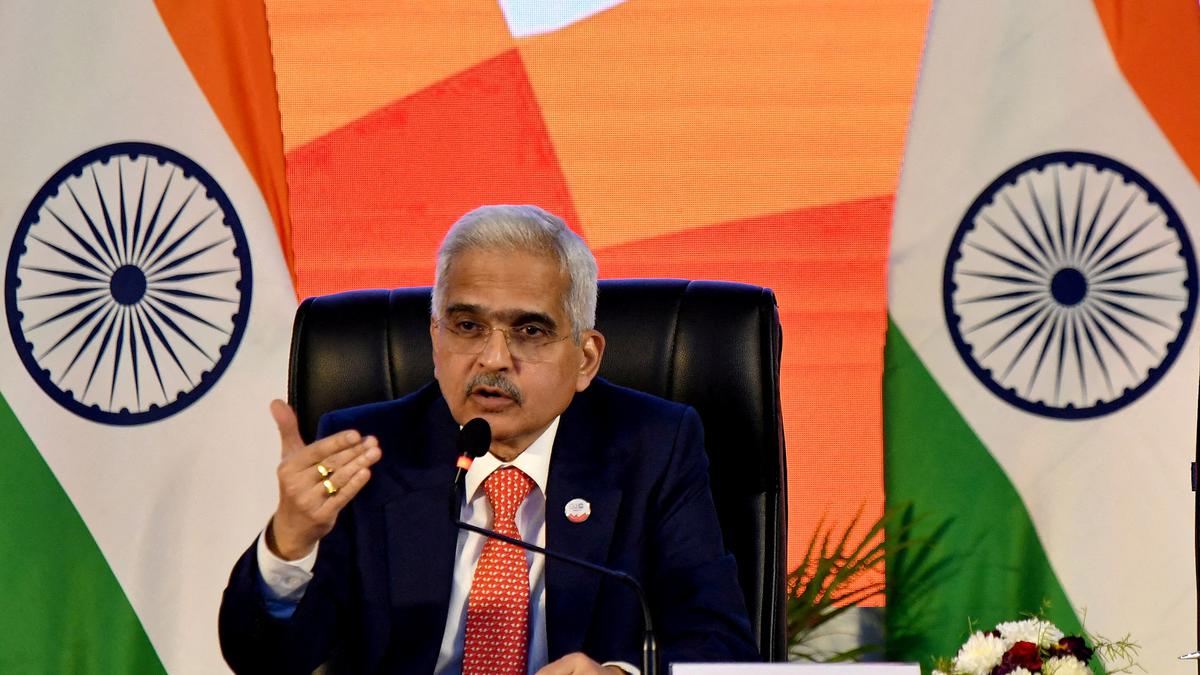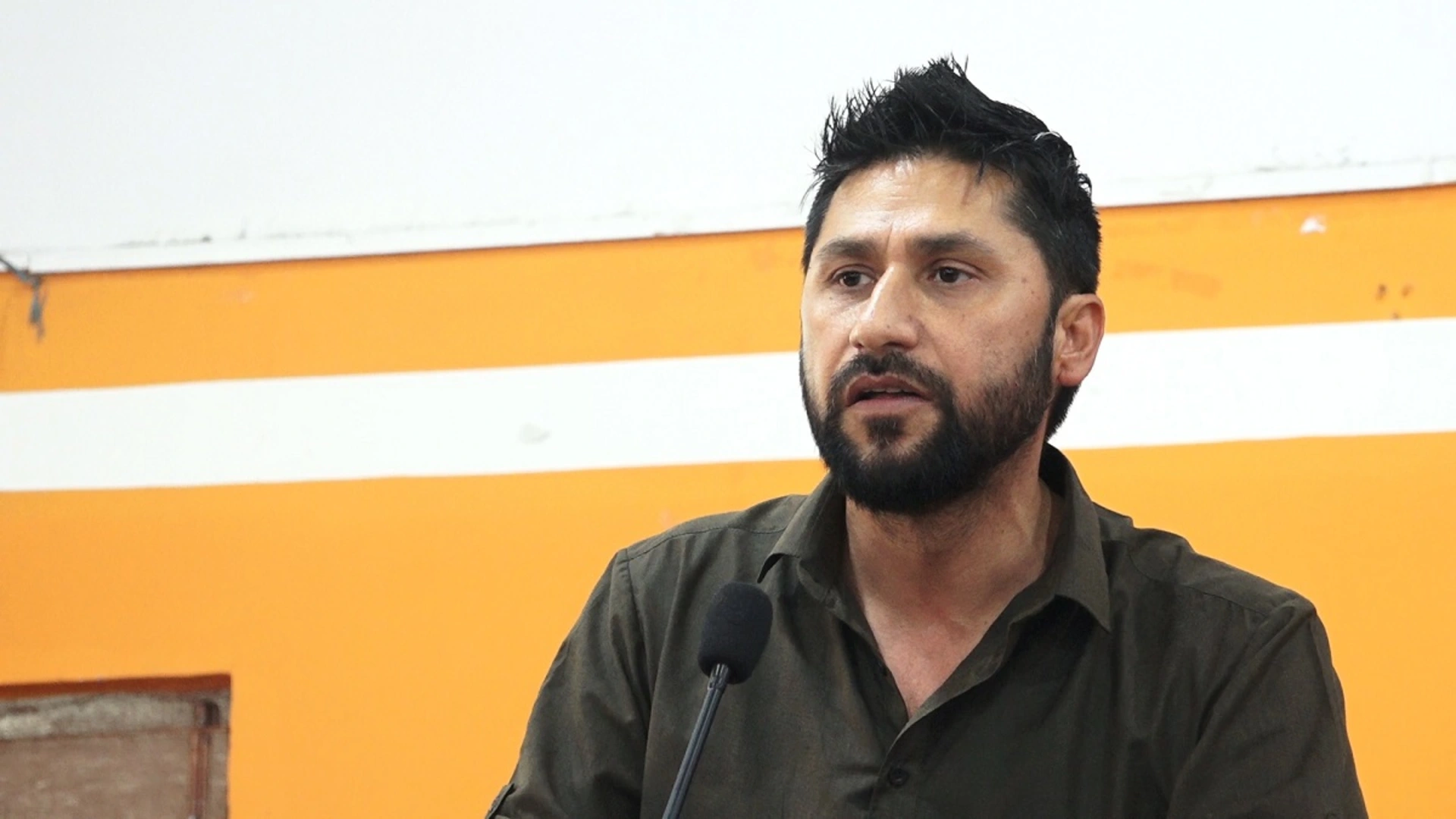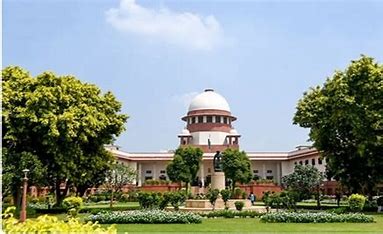A resilient bank needs to be financially, operationally, and organizationally resilient and should have adequate capital buffers to be able to generate earnings even in times of severe macroeconomic shocks, said Reserve Bank of India governor Shaktikanta Das, adding that it has started looking at the business models of banks more closely.
“It (a resilient bank) should also have adequate liquidity to meet its obligations in various situations. Therefore, financial resilience is closely linked to a bank’s business model and strategy. The Reserve Bank has, therefore, started looking at the business models of banks more closely,” Das said. Governor Das was addressing a conference on ‘Financial Resilience’ organised by the College of Supervisors in Mumbai.
In the context of the recent banking sector instability in the US and Europe, Das said there is now a renewed focus on issues of financial resilience and stability. Das added that the Indian banking system has remained resilient and has not been adversely affected by the recent crisis seen in advanced economies.
In India, he said the RBI has significantly strengthened its regulations and supervision of banks and other regulated entities in recent years. “Aspects or deficiencies in the business model itself can spark a crisis in due course. We have not only prescribed regulatory norms for capital adequacy and liquidity ratios but even gone beyond to nudge banks to build up capital buffers in good times and times of plenty,” he said, referring to what it did during the COVID-19 pandemic when there was plenty of liquidity.
Separately, the Ministry of Finance recently echoed a similar view about India’s banking system. The Ministry of Finance, in its monthly review report put out on Tuesday, stated that the recent collapses of a few banks in the US and Europe on the back of the ongoing monetary policy tightening cycle, primarily due to interest rate hikes, posed questions to policymakers on the vulnerability of financial systems, particularly in emerging market economies (EMEs).







